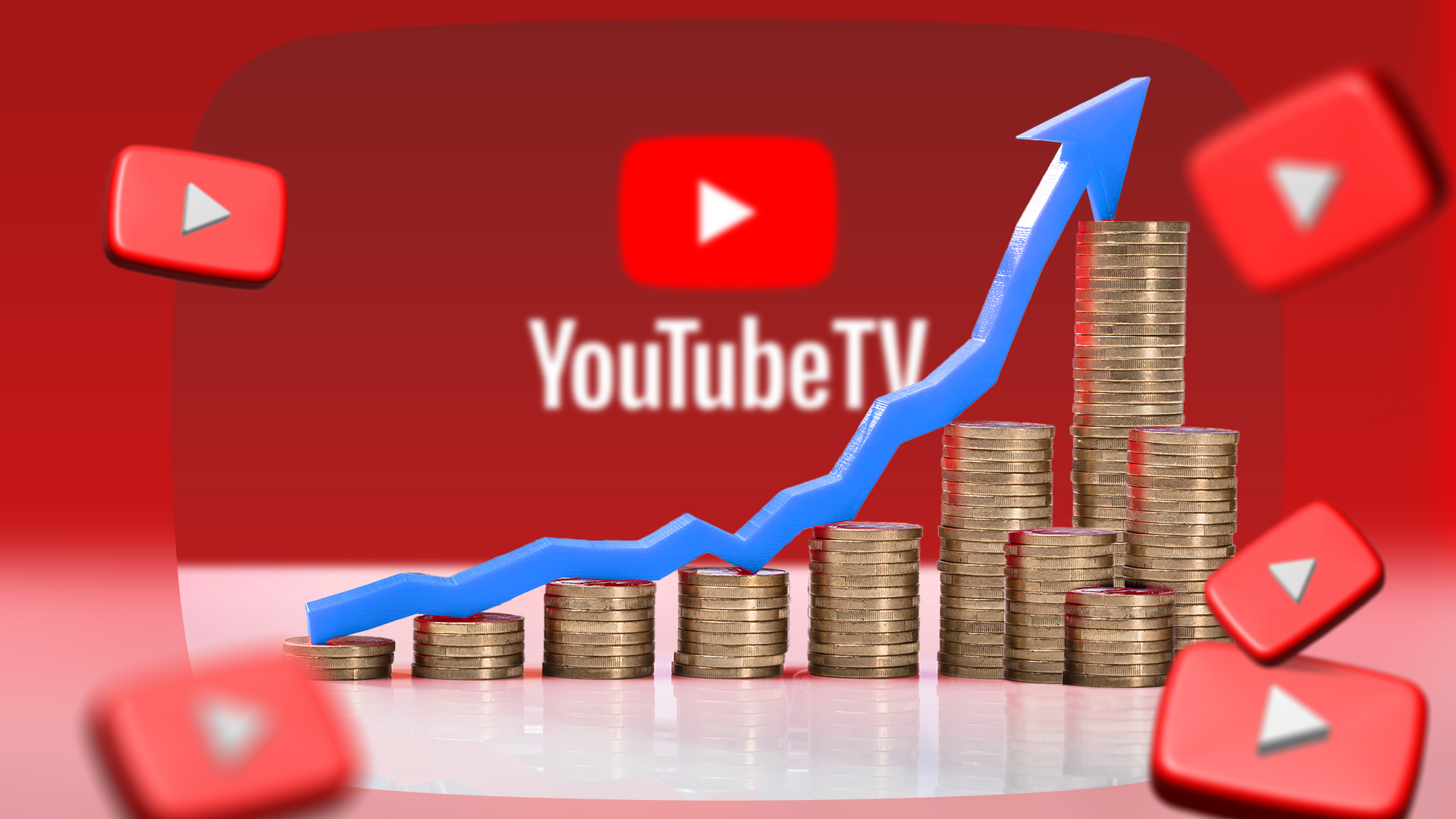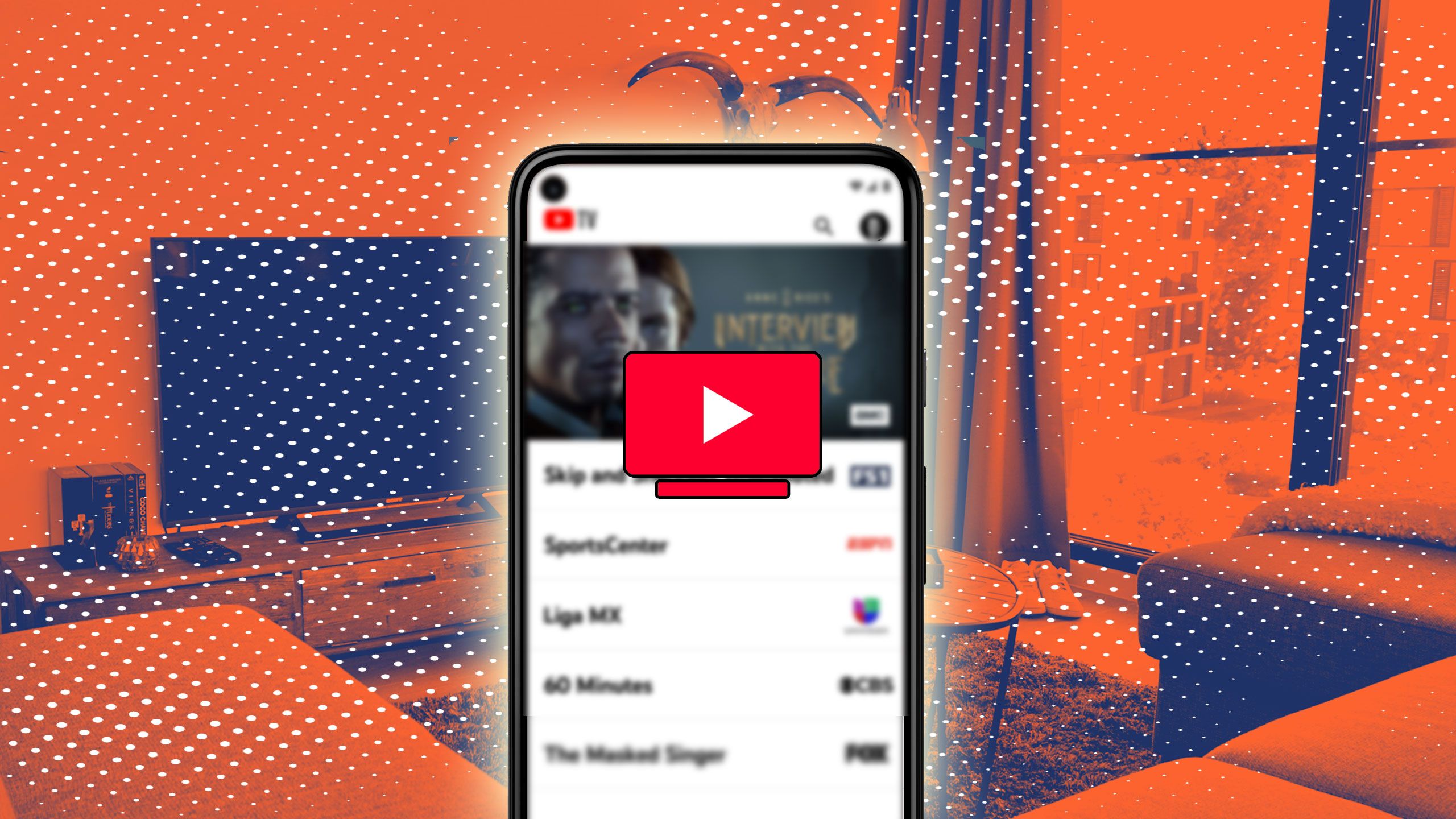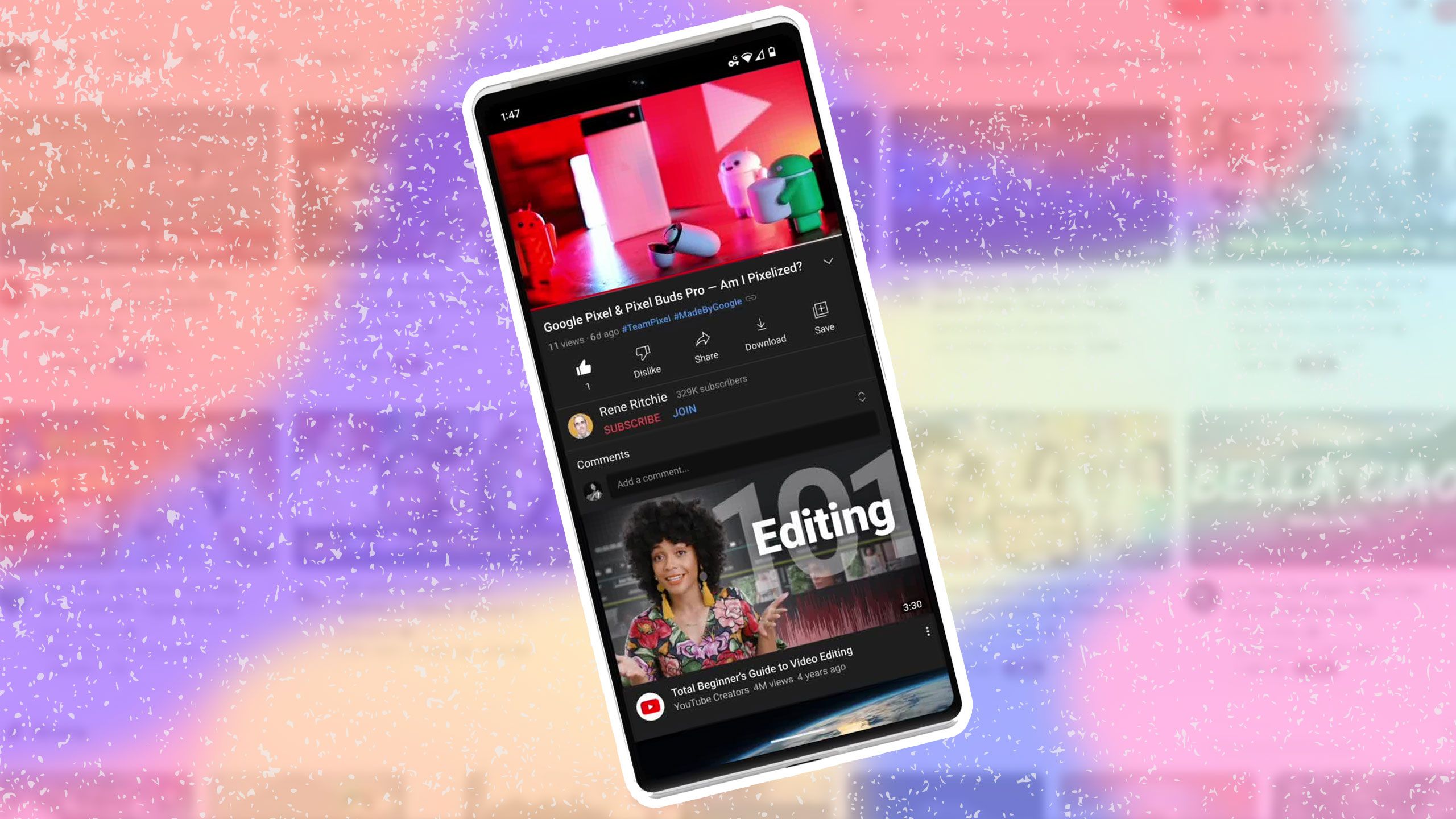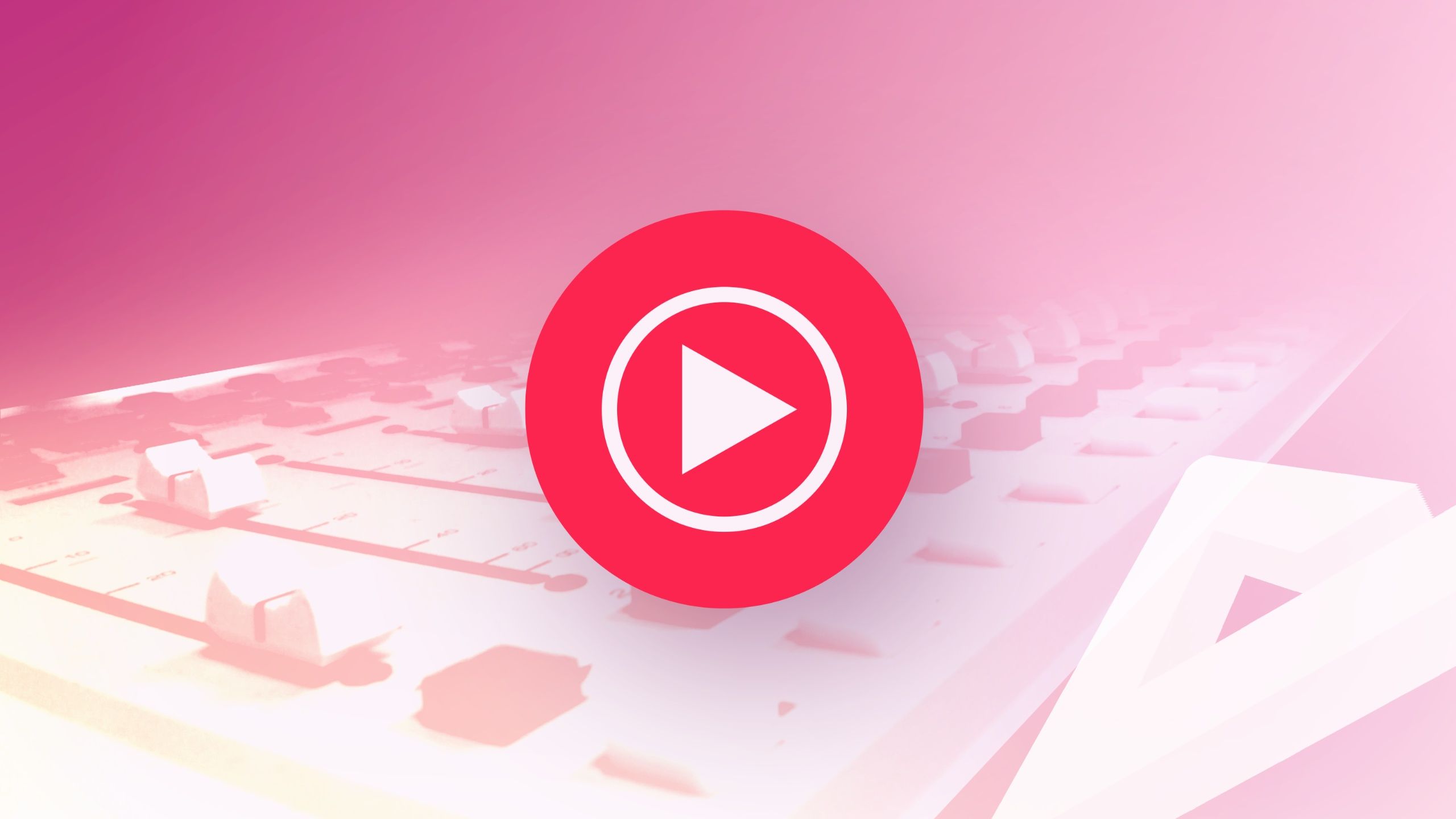YouTube is a cinema, music festival, and university accessible with a single click. It hosts a near-infinite archive of human creativity and knowledge. Yet, for most users, it functions as a digital slot machine.
Let’s explore how you can clean up the interface and methods to help you use the platform with intention and avoid doomscrolling.
YouTube wants you to stay longer
To manage YouTube distractions, you must first understand how the platform works.
YouTube is distracting because it’s designed to be. Every click, scroll, pause, or like becomes behavioral data. This data reveals your habits, preferences, and even your emotions.
YouTube then uses this information to train advanced AI systems. These systems predict what you watch next, links you’re likely to click, and what products you could be persuaded to buy.
These predictions are then packaged and sold to advertisers.
The entire platform is engineered to keep you trapped. The more time you spend on the platform, the more ads you see, and the more valuable you become to advertisers.
YouTube is designed to take advantage of our brain’s reward system. A moment of boredom or a notification draws us in. Most videos fade from memory, but occasionally one video lands perfectly.
That small dopamine rush triggers repetition and locks us into a cycle of constant use.
How to reset and retrain the algorithm
YouTube’s homepage might feel like a never-ending buffet of tempting videos, but you’re not stuck with what it serves. Train the algorithm to work for you, not against you.
If you find yourself repeatedly pulled in by distracting or addictive content like drama or mindless brainrot, don’t let YouTube feed it.
Click the three-dot menu beside any video and select Not Interested. This action removes the video and tells the system to show you less similar content.
Select Don’t Recommend Channel to block all future suggestions from a creator who makes such videos for a stronger approach.
Moreover, your YouTube watch history directly shapes your recommendations.
To remove a single video’s influence, delete it from your watch history. This action tells YouTube to stop factoring that into its suggestions and fixes your feed after a one-off binge.
For a thorough reset, clear your entire history. A complete reset removes the algorithm’s reference points, so start fresh if your feed has become irrelevant.
This is radical, but you can pause your watch history to break the loop. When paused, YouTube stops recording your viewing activity, so new videos will not influence future recommendations.
However, even with that, YouTube still uses your Google search history, Chrome activity, and more.
Head to myactivity.google.com to review and manage what Google knows about you and limit what it can use.
How to control what you see on YouTube
Even if you train the algorithm and clean up your history, YouTube’s design still works against you.
The homepage is built to pull you in, and the sidebar is packed with tempting videos to keep the loop going.
Productivity browser extensions can remove distracting elements from YouTube to prevent unintended viewing sessions.
Tools like Unhook provide granular control over the interface, allowing you to hide the homepage feed, the sidebar, comments, Shorts, and the trending tab.
Many also let you turn off autoplay and video end-screens.
By removing these features, the extensions create a minimal interface that often displays only the search bar and the video player.
Other extensions like SponsorBlock use crowdsourced data to skip the filler within the videos. They rely on viewers to flag sections for bypassing, allowing other extension users to skip them automatically.
How to manage YouTube on mobile
Most of the time on YouTube is spent watching on a phone, which is also the hardest environment to control. The official YouTube app offers the smoothest and most reliable experience.
However, this convenience comes at a cost. The app is designed to be highly engaging, with the Shorts feed prominently featured and push notifications constantly demanding attention.
It also lacks support for decluttering tools, making it the most distracting way to access YouTube. Turn to built-in screen time tools like Apple’s Screen Time or Android’s Digital Wellbeing and set usage limits to manage this.
An alternative strategy I use is to watch YouTube through a browser instead of using the dedicated app. The browser experience is less optimized and creates intentional friction.
This less convenient interface can discourage prolonged viewing and reduce the impulse to engage with the platforms.
A strategy to watch YouTube with purpose
After exploring the design of YouTube’s attention traps and the tools available to counter them, the final step is building a strategy that turns passive use into intentional engagement.
Define a clear purpose before opening YouTube. Whether watching a specific creator or learning a new skill, this moment of intention helps anchor your session.
Avoid the homepage and instead enter through a controlled path, like the search bar or a direct link.
After completing your goal, exit the app or close the tab immediately. You must resist the urge to watch just one more to succeed at intentional viewing.
Finally, schedule regular cleanup sessions to review your watch history and prune unwanted content. Keep your feed aligned with your goals rather than the algorithm’s incentives.
Small changes that support big attention gains
Making these behaviors part of your daily life is the key to lasting change. A helpful habit is scheduling specific times for YouTube use.
Just as you would plan a workout or a meal, giving YouTube a fixed slot in your day keeps it from creeping into every free moment.
Adding regular digital detox periods can also help recalibrate your attention span and fight phone addiction.
Lastly, don’t overlook the power of your environment. Keeping your phone out of reach during work or study sessions reduces the chance of falling back into old habits.
A well-designed space can be as effective as any app for protecting your focus.
Source link




